With High Yields, Do Treasury Bonds Belong in Your Retirement Portfolio?
How Treasury bonds can protect your retirement nest egg. The upside, risk and low-down on T-bonds.
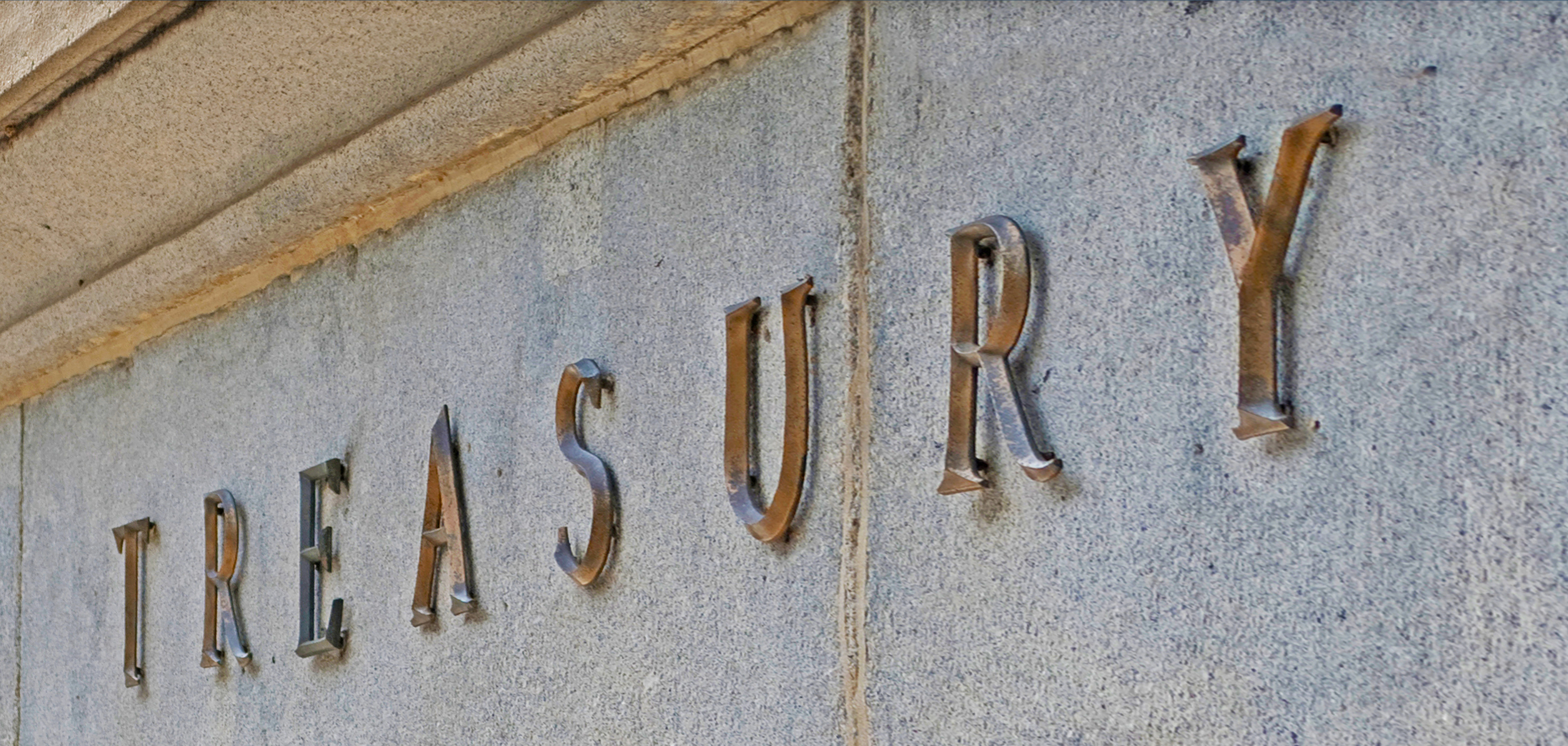

Amid heightened inflation and economic uncertainty, the 10-year Treasury yield is about 4.22% and has inched close to 5% in recent months. This means that Treasury bonds are paying their highest rates in years. And buying Treasury bonds could provide a safe and steady income stream for retirement savers.
Treasury bonds are considered among the safest investments around because they are backed by the full faith of the U.S. government, which has never defaulted on its debts.
“There are a lot of concerns about the amount of debt the U.S. has, but even with that sentiment, it is still regarded as one of the safest investments,” said Austin Brown, Chartered Financial Consultant (ChFC) and senior financial advisor at CG Financial Services.

Sign up for Kiplinger’s Free E-Newsletters
Profit and prosper with the best of expert advice on investing, taxes, retirement, personal finance and more - straight to your e-mail.
Profit and prosper with the best of expert advice - straight to your e-mail.
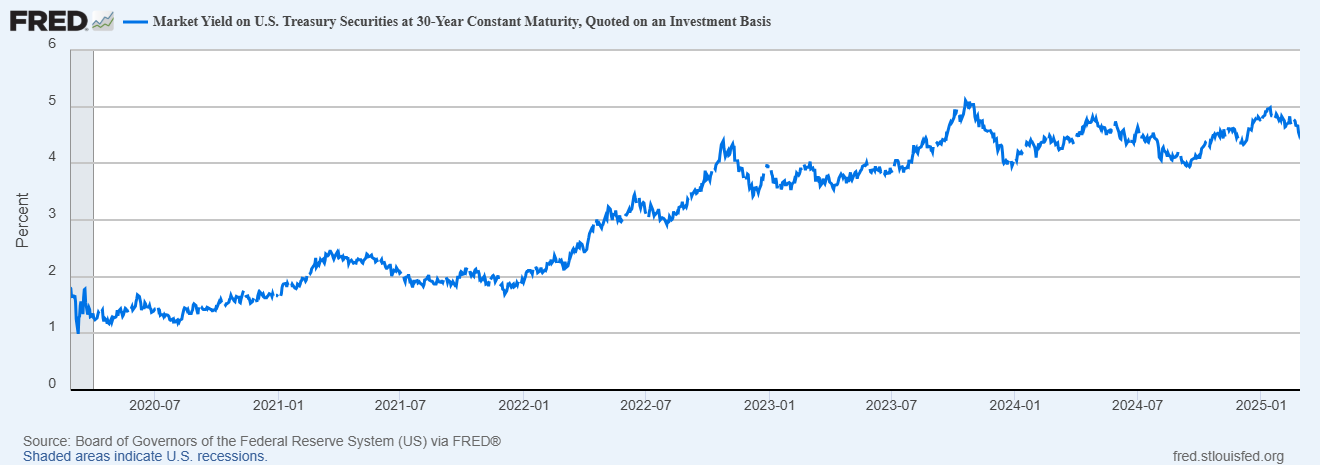
Market Yield on U.S. Treasury Securities at 30-Year Maturity Over the Past Five Years
What are Treasury bonds and how do they work?
Treasury bonds have many advantages, but it's important to understand how these securities work before you decide to invest. So let’s take a closer look.
Treasury bonds are essentially loans you extend to the government so it can fund its operations. In return, the bond pays a fixed interest rate or coupon payment every six months. Treasury bonds come in durations of 20 years and 30 years. At the end of that term — when the bond reaches maturity — you’ll get back your initial investment, also called its face value.
Suppose you buy $20,000 worth of Treasury bonds with yields of 5%. Your annual interest payment would be $1,000, or $500 every six months. And when the bond matures, you’ll get your $20,000 back as well. You can use that money to reinvest in Treasury bonds or move funds to different parts of your retirement nest egg.
And if you need your funds before the maturity date, you can sell your Treasury bonds on the secondary market.
This may be a good idea if you need the money when interest rates fall. That’s because your Treasury bond, with its higher yield, could be more attractive in an environment where newly issued bonds have smaller yields. However, those near or in retirement may be more interested in a safe and predictable income stream than in speculating on interest rates.
“Although the value of the actual bond can fluctuate as the interest rate market changes, the interest you receive and the principal you receive are known on the front end," Brown said. “So if you hold to maturity, the outcome is defined and known.”
Generally, the value of Treasury bonds goes down when interest rates go up and vice versa.
Nonetheless, Treasury bonds also enjoy distinct tax advantages.
“A key advantage is that the interest income is tax exempt on the state and local level, which is a huge benefit for high-income investors in states and cities with high taxes,” said Bobbi Rebell, certified financial planner (CFP) and personal finance expert at BadCredit.org.
However, the interest would be taxed at the federal level.
You can buy Treasury bonds in increments of $100 directly from the government through TreasuryDirect, though moving them into an IRA could be cumbersome. You could also purchase Treasury bonds through a brokerage account.
“For many investors who already have brokerage accounts, it makes sense to purchase them through the account they already have open, even if there are some fees involved at times,” Rebell said. “It will be easier to get started, and they will also have an easier time if they want to sell them on the secondary market, so it gives them easier access to liquidity.”
Risks of Treasury bonds
Although Treasury bonds offer many advantages for retirement savers, they also come with some risks. For starters, Treasury bonds are susceptible to inflation risk. When the rate of inflation is higher than your yield, the purchasing power of your interest payments could be significantly eroded. This could be especially troublesome when you’re in retirement.
“If we do see more inflation, the return will remain steady and will not increase with inflation and could lock an investor into returns that aren’t keeping up with increasing costs driven by inflation,” Rebell said.
Another potential pitfall is interest rate risk. If interest rates rise, your Treasury bond could lose value in the secondary market. That’s because newly issued bonds with higher yields could be more attractive to investors.
“There can also be an opportunity cost because historically, other investments like equities have produced better returns,” Rebell said. For retirees trying to manage longevity risk, overinvesting in Treasury bonds might render your portfolio too conservative.
Treasury ETFs for those near retirement
You can also gain exposure to Treasury bonds by investing in Treasury exchange-traded funds (ETFs). Treasury ETFs are professionally managed baskets of Treasury securities with different yields and durations. These ETFs can also hold intermediate-term Treasury notes or T-notes, and short-term Treasury bills or T-bills. These ETFs may also be a defensive play in our current trade-war environment.
This provides diversification and bypasses the leg work of buying individual Treasury securities.
Moreover, Treasury ETFs pay interest in the form of monthly or quarterly dividends. For those near or in retirement, this offers a more frequent stream of income than individual Treasury bonds, which pay interest every six months. You can also buy and sell shares of Treasury ETFs throughout the trading day.
“This is often a great solution for most people because it is easier to adjust your exposure over time,” Brown said.
Still, Treasury ETFs come with potential disadvantages.
Although generally small, Treasury ETFs do charge management fees or expense ratios. If you buy individual T-bonds through TreasuryDirect, you won’t face any fees or commissions.
And because they hold Treasury securities, these ETFs are also subject to inflation and interest rate risk.
However, you could also diversify your portfolio with Treasury inflation-protected securities or TIPS, which are designed to keep pace with inflation.
So, should you invest in Treasury bonds for retirement?
If you’re in or near retirement, you may be interested in Treasury bonds. With durations of 20 or 30 years, these securities make fixed interest payments every six months. And with the backing of the U.S. government along with tax advantages, Treasury bonds are considered among the safest investments available. But they do run inflation and interest rate risks. Still, these bonds, as well as Treasury ETFs, could provide downside protection in your retirement portfolio.
Whether and to what extent you should invest in T-bonds ultimately depends on your individual investment goals and risk tolerance. When in doubt, talk to a trusted financial adviser.
Treasury bonds can be “part of a diversification strategy to reduce risk against the often volatile equity market," explained Rebell. That strategy "is a key consideration for retirement savings as someone gets closer to retirement.”
Read More
- How to Add Treasury Bonds, Bills and Notes to an IRA
- The Average IRA Balance by Age
- Retirement Income Strategies for the Long Haul
- Treasury Bills vs. Treasury Bonds: Know the Difference
Disclaimer
The information provided here is not investment, tax or financial advice. You should consult with a licensed professional for advice concerning your specific situation.
Get Kiplinger Today newsletter — free
Profit and prosper with the best of Kiplinger's advice on investing, taxes, retirement, personal finance and much more. Delivered daily. Enter your email in the box and click Sign Me Up.

Javier Simon is a freelance retirement writer with Kiplinger. He’s experienced in covering various personal finance topics including investing, taxes, homebuying, fintech and crypto. His work has been featured by major outlets like Fox Business, The Motley Fool, Money Magazine and Yahoo Finance. His passion is breaking down the complexities of finance into actionable content that anyone can use to achieve financial wellness and build wealth.
-
 Get Netflix, Hulu and Apple TV Plus for Free by Joining T-Mobile
Get Netflix, Hulu and Apple TV Plus for Free by Joining T-MobileT-Mobile customers save up to $35/month on streaming services thanks to this Netflix, Hulu and Apple TV Plus bundle. Here’s how to get it.
By Rachael Green
-
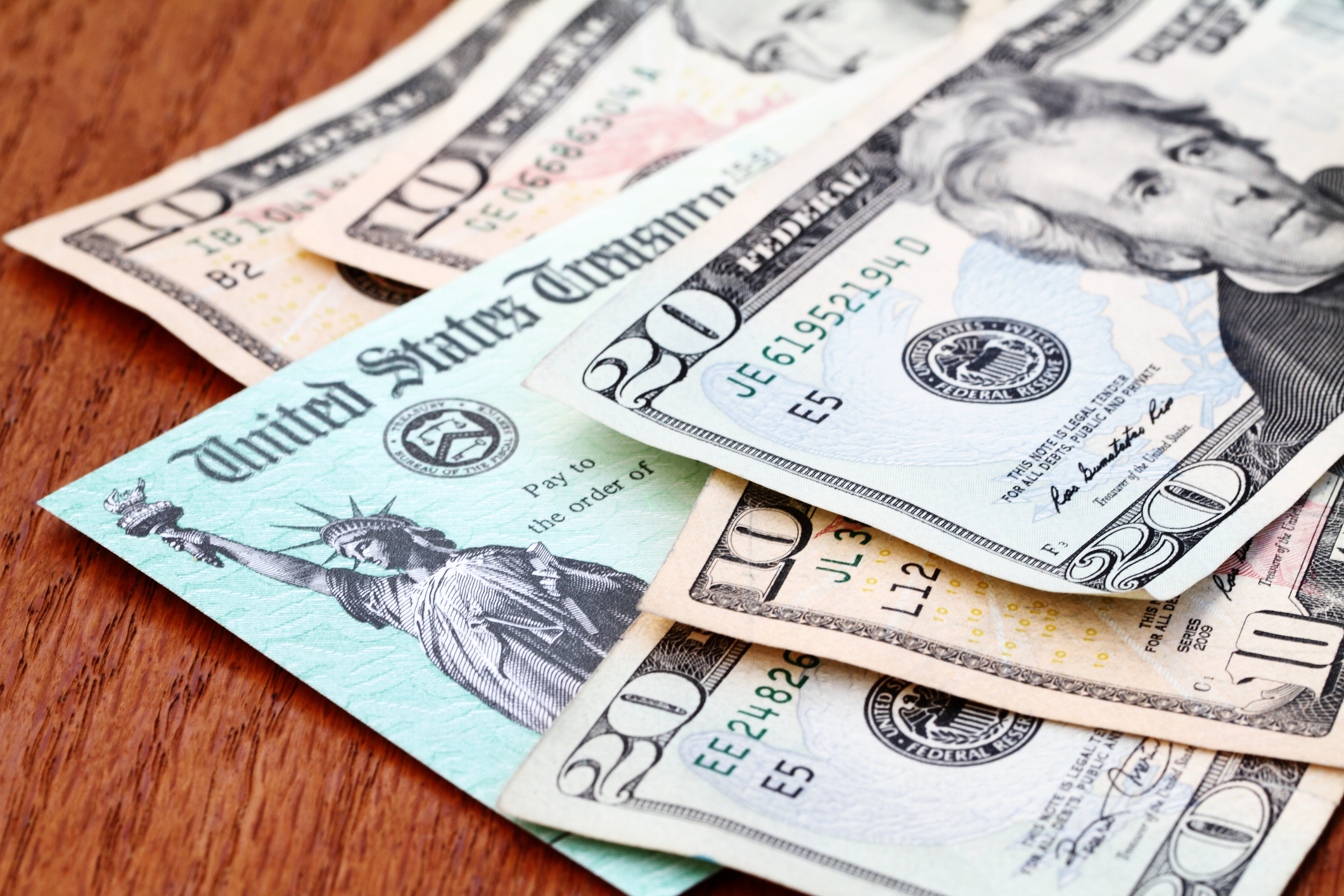 Missed Tax Day? You Could Still Be Eligible for These Valuable Tax Refunds
Missed Tax Day? You Could Still Be Eligible for These Valuable Tax RefundsTax Refunds As many as one million taxpayers could be missing out on a significant tax refund.
By Gabriella Cruz-Martínez
-
 When Should You Hand Over the Keys — to Your Investments?
When Should You Hand Over the Keys — to Your Investments?The secret to retirement planning? "The best time to hand over the keys is before you’ve realized you need to hand over the keys."
By Maurie Backman
-
 Financial Steps After a Loved One's Alzheimer's Diagnosis
Financial Steps After a Loved One's Alzheimer's DiagnosisIt's important to move fast on legal safeguards, estate planning and more while your loved one still has the capacity to make decisions.
By Thomas C. West, CLU®, ChFC®, AIF®
-
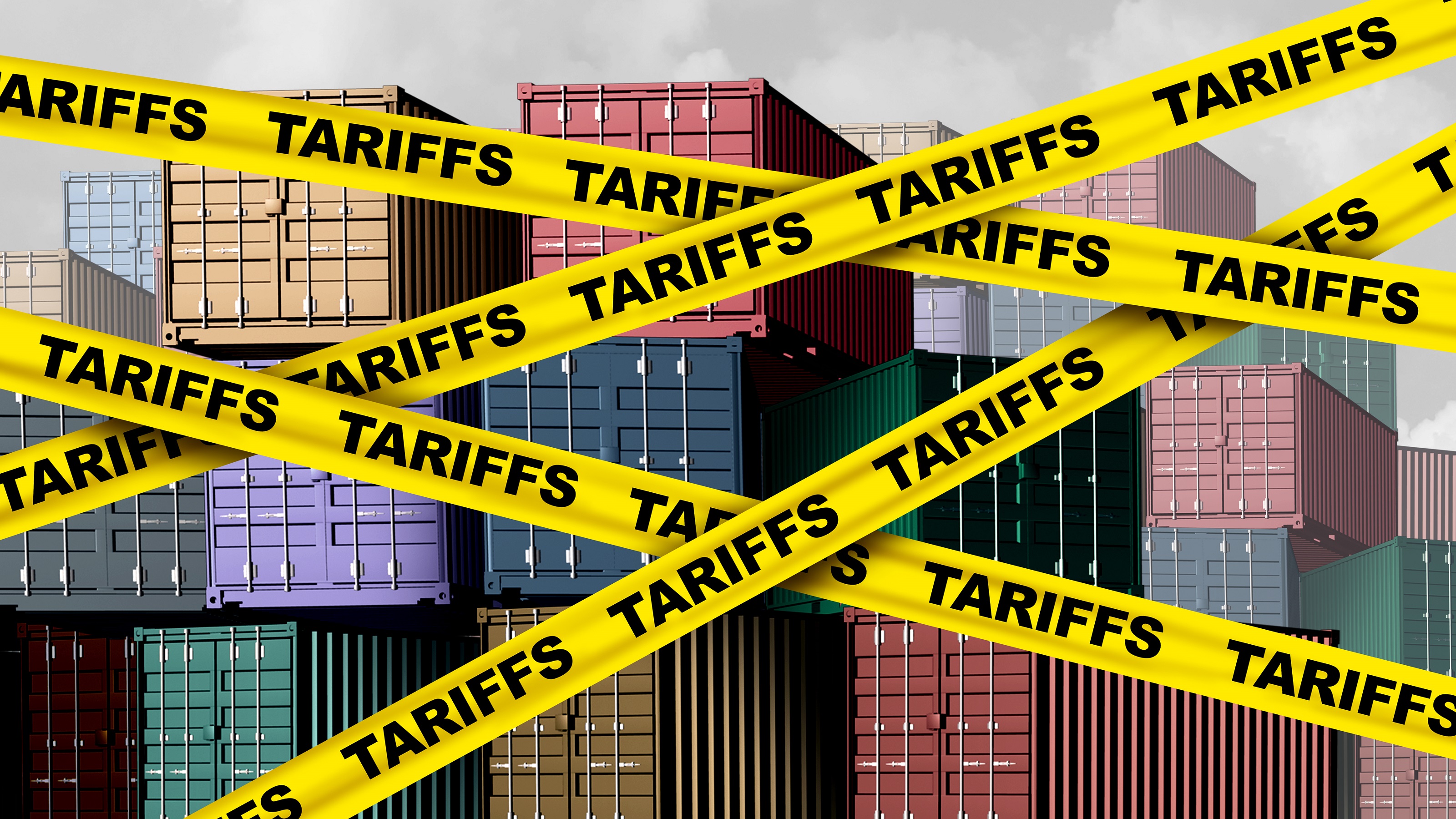 Two Don'ts and Four Dos During Trump's Trade War
Two Don'ts and Four Dos During Trump's Trade WarThe financial rules have changed now that tariffs have disrupted the markets and created economic uncertainty. What can you do? (And what shouldn't you do?)
By Maggie Kulyk, CRPC®, CSRIC™
-
 I'm Single, With No Kids: Why Do I Need an Estate Plan?
I'm Single, With No Kids: Why Do I Need an Estate Plan?Unless you have a plan in place, guess who might be making all the decisions about your prized possessions, or even your health care: a court.
By Cynthia Pruemm, Investment Adviser Representative
-
 Most Investors Aren't as Diversified as They Think: Are You?
Most Investors Aren't as Diversified as They Think: Are You?You could be facing a surprisingly dangerous amount of concentration risk without realizing it. Fixing that problem starts with knowing exactly what you own.
By Scott Noble, CPA/PFS
-
 Retire in Malta for Quiet Coastal Perfection
Retire in Malta for Quiet Coastal PerfectionSeemingly remote yet easily accessible to other points in Europe, sunny Malta offers paths to citizenship and residency for families and retirees.
By Drew Limsky
-
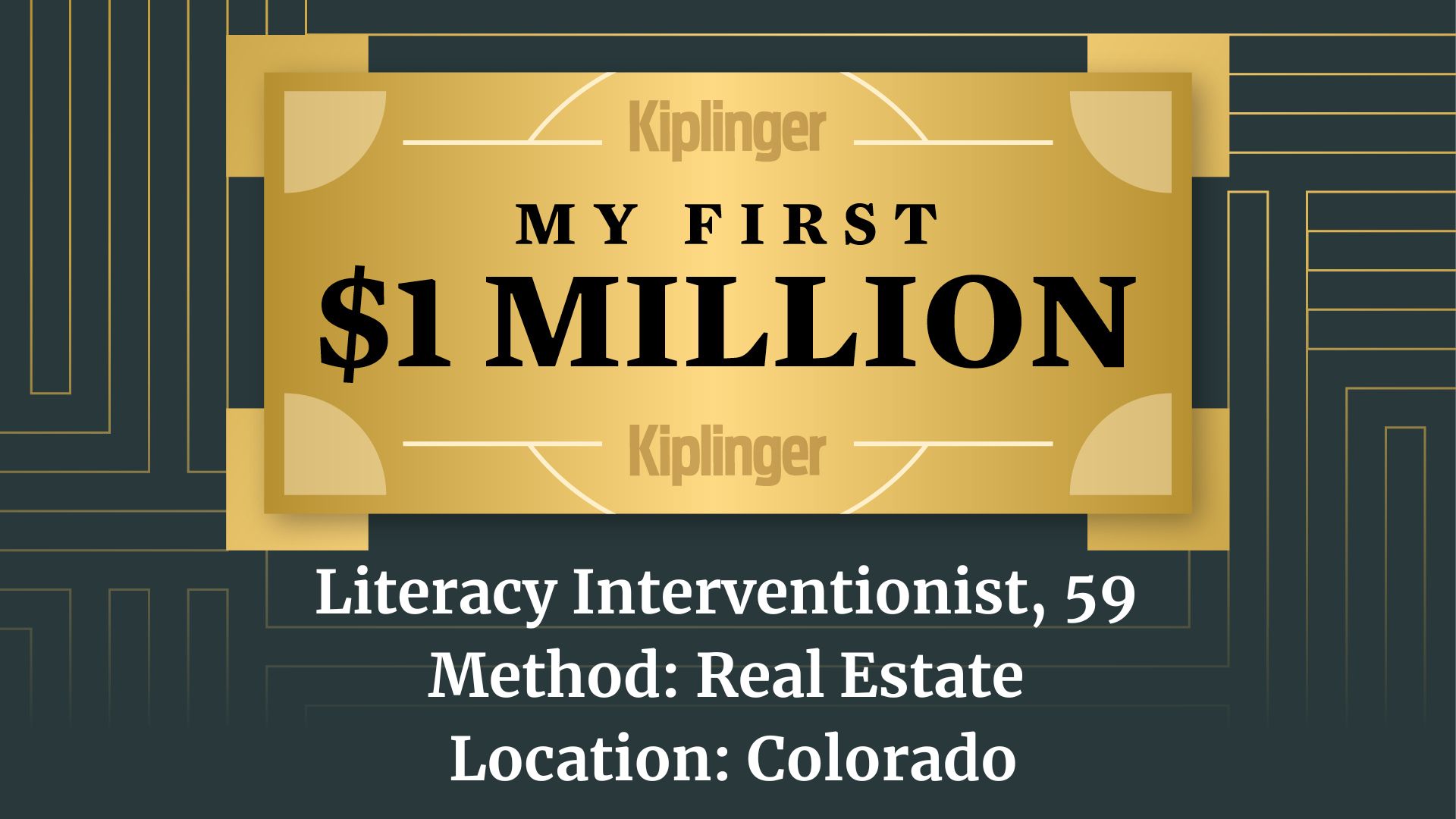 My First $1 Million: Literacy Interventionist, 59, Colorado
My First $1 Million: Literacy Interventionist, 59, ColoradoEver wonder how someone who's made a million dollars or more did it? Kiplinger's new My First $1 Million series uncovers the answers.
By Joyce Lamb
-
 Will My Children Inherit Too Much?
Will My Children Inherit Too Much?If you worry about how your children will handle an inheritance, you're not alone. Luckily, you have options — from lifetime gifting to trusts — that can help.
By Mallon FitzPatrick, CFP®, AEP®, CLU®